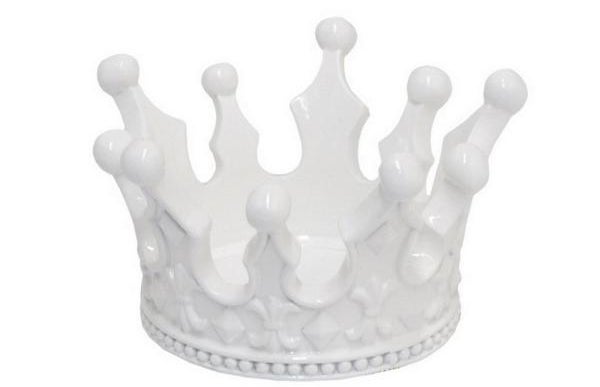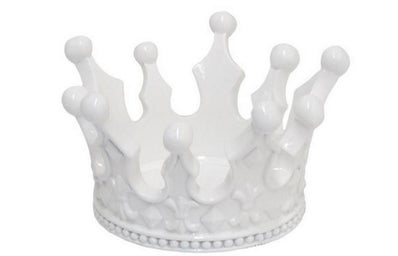*Spoiler Warning for The Queen’s Gambit
From the moment that Beth Harmon first appeared on our screens, it was apparent that this woman was nothing short of a mess. Hungover, pulling herself out of a bathtub fully clothed, with empty liquor bottles scattered around her massive hotel room, Beth rallies and pops a few mysterious pills before rushing off to a chess match that she nearly slept through. We aren’t told who wins this match until episodes later, as the scene then shifts to a young Beth, where her story first begins. We don’t know who this woman is yet or how she got to the point she is at during first episode’s beginning sequence, but we do know one thing: this character is recognizably troubled and, more importantly, flawed.

In fiction, there exists a trope known as the “Mary Sue” character. This character, typically a woman, is depicted in such a way that she appears to have no flaws and excells at everything naturally without having earned her talents throughout the story. In an attempt to promote female characters as powerful protagonists, many of these characters instead fall victim to this trope. One of the most striking examples is the character of Rey from the Star Wars sequel trilogy. Without any formal training, Rey was able to hold her own against the powerful sith trainee, Kylo Ren, and was able to wield the force almost as if it was second nature to her. She was undeniably overpowered and the viewers gained no satisfaction from watching her win when her wins seemed inevitable. Instead of fleshing out her backstory more throughout the trilogy and providing an explanation for Rey’s gifts, she remained a victim of bad writing and never became anything more than a stale character. The same can be said for countless other female characters: Bella Swan, Felicity Smoak, Ellen Ripley, and even Mulan in the new live action remake. None of these women are actual characters, but instead caricatures for what people think women should be: perfect.
Female characters, especially when written by men, often fall into this trap. It’s no secret that women and their decisions are held under scrutiny to a greater extent than men are, so one way to avoid this scrutiny is by making female protagonists practically perfect. If there’s nothing to complain about, then you have a protagonist worth rooting for, right? Not exactly. Part of the joy of fiction is watching the characters you root for make mistakes and grow through them. If you don’t give your characters a chance to make mistakes, then they won’t appear realistic to the viewers. In the immortal words of Hannah Montana, nobody is perfect. Making the characters in the media that we consume immune to error takes away from any meaningful lessons we could learn from their mistakes. If a character succeeds without ever meeting any major obstacles, they lose relatability and ultimately, the viewer loses interest in their story.
This is how The Queen’s Gambit prevailed where other movies and TV shows with female protagonists have failed. From the first episode, it’s made clear that Beth Harmon is a prodigy. Her chess victories are effortless to her as a small child, and her skill only grows as the story progresses. This talent is not unearned, though. Her near perfection at chess is balanced with the other less-than-perfect aspects of her life, and we watch as she makes every wrong decision that she could possibly make. This doesn’t make her less sympathetic to the viewers; in fact, it does the opposite. By showing Beth’s struggle with addiction and the dire consequences of her actions, the viewers only root for her more. Giving characters flaws allows viewers to care for them on a deeper level, and her victories become all the more triumphant. The Queen’s Gambit achieved something remarkable throuigh the character of Beth Harmon, and will hopefully pave the way for more realistic tellings of women’s stories.






